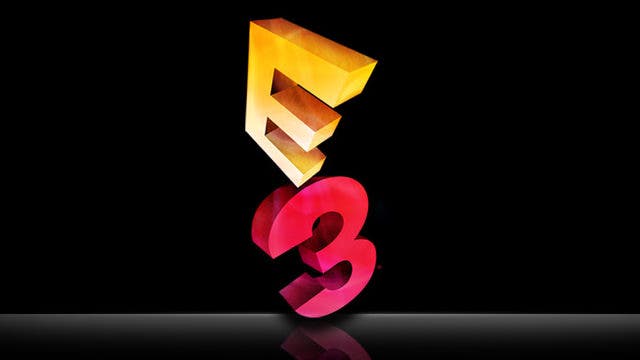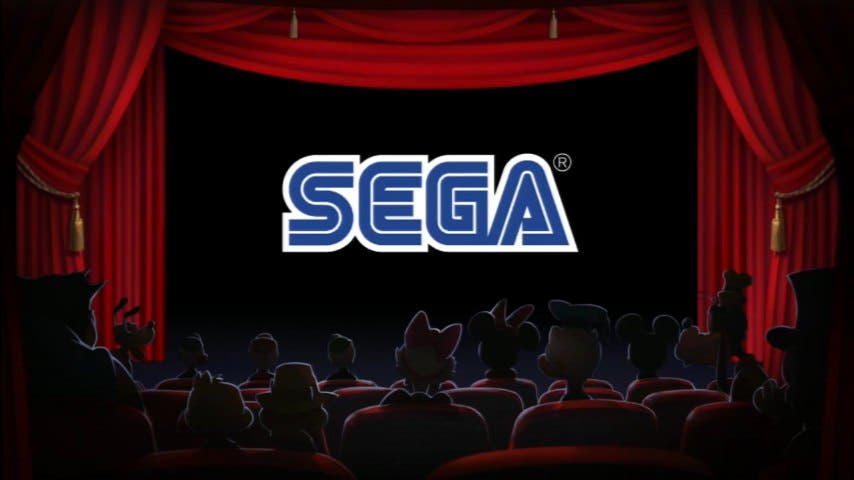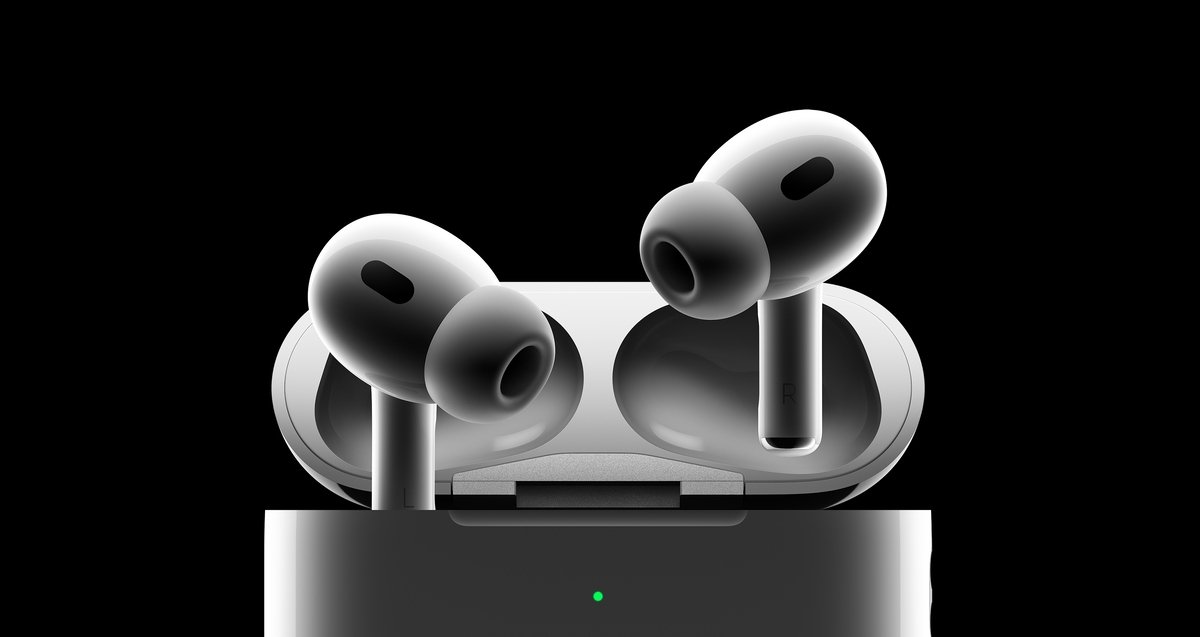
If you’ve ever wanted to find out if you can save the world from the giant monsters rampaging through the city, you’re in luck. Kaiju Wars gives you the chance to command the forces of a small nation besieged by a force of five kaiju, each modeled after a famous city-destroying monster from cinematic history. The retro graphics hide a surprisingly complicated and satisfying tactical game with a decidedly rude tone that strikes a decent balance between silly moments and the serious business of saving the world.
The gameplay of Kaiju Wars will be familiar to fans of tactical games. Each map offers different resources and layouts, forcing you to adjust your strategy based on the opportunities that arise and which of the five kaiju appear. Something you’ll learn early on is that your meager military forces are no match for the monsters you face, as most will be destroyed in one hit and deal minimal damage to them.
What they can do, however, is slow them down long enough for your scientists to chase the kaija back into the ocean, so most of your gameplay will be spent trying to get your team in a position to take advantage of the monsters’ mostly predictable paths around the map. Tanks can slow down enemies on the ground while planes can slow down air units. You’ll rarely deal enough damage to one of the creatures to make them retreat, which helps convince you of the helplessness of your situation. These creatures are simply too big a problem to be solved by brute force alone.

Resources on each map are rare. Each region produces money based on how many civilian buildings it has, and ‘science’ based on how many labs it has. Earning enough science is usually the key to victory on each map, while money can be used to build laboratories, airfields and military bases, as well as buy units that these facilities spawn. Eventually, one of the monsters will take aim at the lab where your lead scientist is hidden, forcing you to hastily retreat to a new location before starting the whole process over.
The concept is simple, but there’s enough depth that Kaiju Wars doesn’t feel like a mere button-clicking exercise. You’ll rarely have enough money to buy everything you need, so there’s an important balancing act of making sure you have enough units on the field to slow down monsters without draining your precious resources. Throw in a handful of elite units, like the laser cannon and manned mecha, and you’ll have plenty to do every time you sit down to play this game.
This careful balance is countered by the randomness that comes with the cards the game uses to simulate events. Both the player and the secret organization controlling the kaiju have a deck they draw from that allows them to change things to their advantage. Sometimes you’ll get extra profit for a turn, only for the computer to move its kaiju twice and remove half of your island. And at the start of the game, you can build your own deck, allowing you to stack it with cards that suit your playstyle.

While not a particularly deep system, it allows for fun experimentation. You can focus on crafting superweapons or flood the map with cheaply produced units to see which is more fun for you. Both can work, though there’s usually an optimal path to victory on each map that you’ll need to find. Defeat is almost inevitable as you try to find the right strategy, especially in the more difficult optional missions that can be solved for extra medals.
The visuals and audio in Kaiju Wars are designed to evoke those nostalgic feelings in fans, with graphics that feature the red hue of the Virtual Boy console and a midi-inspired soundtrack that almost never repeats itself. Everything is simple but effective, giving the game a fun aesthetic that doesn’t get in the way of actual gameplay.
The only downside to the presentation is that everything is clearly developed for mouse and keyboard controls, meaning the Joy-Cons feel clumsy and imprecise when trying to focus on a cluttered map or click a small icon to skip a scene. Tablet mode lets you use the touchscreen to solve some of these problems, but even then, the text was too small for our fingers to be a good substitute for a trusty mouse. This was less of a problem for us in docked mode, but if your Joy-Cons have even the slightest bit of drift, you’re going to have a hard time.

Another disappointment with the Switch version of Kaiju Wars is the lack of online functionality compared to the Steam version. While PC players ended up getting Twitch chat integration, a local versus mode for playing with friends, and a custom level creation system, the Switch version lacks those at launch, which is disappointing, but hopefully those features will be added in a later update. There’s enough gameplay here without them, but they would be something that would keep players coming back for more.
From the retro presentation to the witty banter between the characters, Kaiju Wars is a very polished, well-written game that provides enough strategy to keep you on your toes throughout. It will only take about 10 hours to beat the main plot, which only serves as an excuse for the kaiju to keep attacking, though completionists will find enough to stretch that time to around 15 hours. Kaiju Wars manages to stick around just long enough to not overstay its welcome, ensuring the jokes never end.
Conclusion
If you’re a fan of tight strategy games that don’t take themselves too seriously, Kaiju Wars is a short but well-balanced title that sees you defend your homeland against giant monsters. The retro graphics and sound allow the developers to lean on the campest kaiju of the movie trope, but the gameplay itself shouldn’t be overlooked for the silly packaging. Even without the extra features that the PC version ended up getting, there’s plenty to dive into in just a short amount of time playing.








